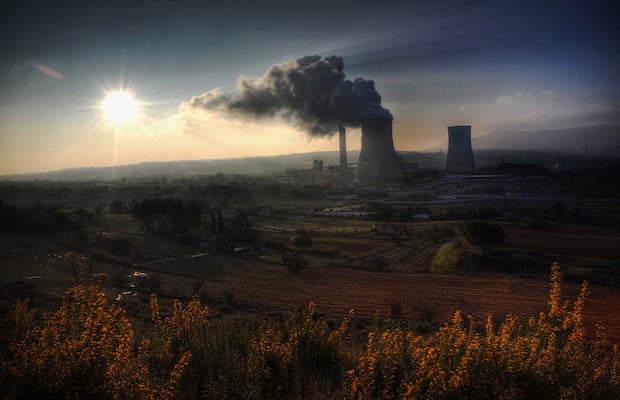27 GW of “Zombie” Coal Plants Could Waste Rs. 247,000 Cr and Threaten India’s RE Goals
In yet another report that warns of building fresh thermal capacity in India, a sum of Rs 2,47,421 crores has been considered at risk of wastage of the country proceeds with plans .

A new report published today by Ember and Climate Risk Horizons shows that 27 GW of pre-permit and permitted new coal power plant proposals in India are now superfluous to its electricity requirements.
These coal project proposals could jeopardise the achievement of India’s widely-praised RE target of 450 GW by 2030. These surplus “zombie” plants – assets that would be neither dead nor alive – would require Rs. 247,421 cr (US $33 billion) of investment, yet are projected to lie idle or operate at uneconomic capacity factors due to surplus generation capacity in the system.
Ember is an independent, not-for-profit climate and energy think tank that produces research and high impact, politically viable policies that aim to accelerate the global transition from coal to clean electricity.
Aditya Lolla, Ember’s senior analyst, said: “As India recovers from the disruption caused by the COVID-19 pandemic, how the country uses scarce public resources will be absolutely crucial. By avoiding these unnecessary “zombie” coal plants, India can not only save lakhs of crores of rupees, but also lower power costs and reiterate its commitment to the success of its clean energy transition goals.”
The analysis by energy experts at Ember and Climate Risk Horizons demonstrates that India doesn’t require new coal capacity beyond the 33 GW of new coal plants already being built, to meet demand growth by FY 2030. Even with aggressive projections of 5% annual growth in power demand, the analysis shows that coal-fired generation in FY 2030 will be lower than in FY 2020, as long as India achieves its 450 GW RE and other non-coal targets. The report finds that over 300 GW of renewable energy (RE) commitments have already been made by India’s public and private power generators.
Furthermore, India can meet peak demand in FY 2030 even if it retires its old coal plants and stops building new coal beyond those under construction. By FY 2030, India will have a total “firm” capacity of about 346 GW in addition to 420 GW of variable renewables capacity to meet an estimated peak demand of 301 GW. Daytime peak demand would be easily met with India’s huge planned solar capacity, while the report shows that evening peaks will be most effectively met by additional battery storage, at a lower cost than building new coal.
The analysis reveals that switching investment from coal projects to renewables and battery storage would save the Indian power system an additional Rs. 43,219 cr (US $4 billion) a year from 2027 onwards in terms of reduced power purchase cost – in addition to capex savings – without sacrificing the power system’s ability to meet future demand.
Abhishek Raj of Climate Risk Horizons, said “Once incurred, these wasted investments will lock DISCOMs and consumers into expensive contracts and jeopardise India’s RE goals by adding to the system’s overcapacity. The smart option is to divert these resources to renewables and storage to build a cheaper, more resilient grid for the future.”
Climate Risk Horizons uses a data-driven, research-oriented approach to highlight the systemic risks that disruptive climate change poses to investors, lenders and infrastructure investments.
According to the new analysis, the private sector investment on ‘zombie’ coal plants will be Rs. 62,912 cr. Of this, JSW Energy – which publicly stated it will not build any new coal plants – is proposing a Rs. 10,130 cr Barmer coal expansion project. Meanwhile Adani Group and Bajaj Group are proposing Rs. 26,286 cr and Rs. 17,998 cr respectively on new coal plants.




